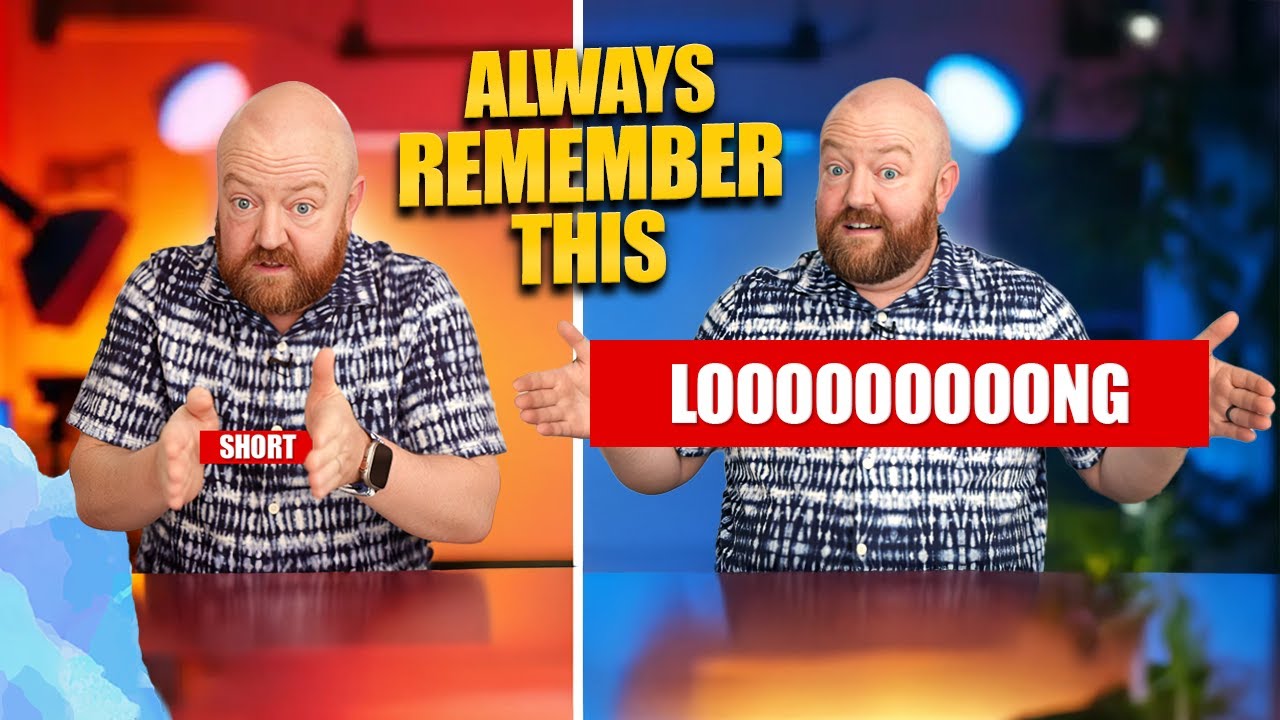If you’ve ever wondered how to get your videos to rank at the top of YouTube, here’s the good news: You can be way more tactical now than ever before. You can target your ideal customer through search in a very specific and predictable way—and that means you can dominate your niche on YouTube.
Let me walk you through the strategy I use with my clients. This article breaks down the five key areas you need to understand to make YouTube work for you as a lead-generating, relationship-building machine.
What Does It Mean to “Rank” on YouTube?
Ranking on YouTube means your videos show up at the top of search results when someone types in a phrase related to your topic. For example, if you type in “discipline teen Nicholeen Peck,” you’ll see that Nicholeen holds the first and second video positions. That’s exactly where you want to be—above your competition, easy to find, and first to provide value.
Start With the Right Search Terms
The question you need to ask yourself is: What do I want to rank for? Not your name. Not your business. But the questions your ideal customer is actually typing in.
You don’t want to waste time trying to rank for vague or overly competitive phrases right out of the gate. Instead, you want to find search terms that are longer, more specific, and have just enough search volume (even 10–20 searches per month) to be valuable. That’s your starting point.
The magic happens when you consistently show up for those more specific questions. You go from:
- No ranking (not showing up at all)
- To starting (maybe on page 2, around position 20)
- To yes (your video is at the very top of YouTube)
Use a Strategic Ranking System
Here’s how we approach it. I work with clients like Jason Schroeder, who wanted to rank for construction-related search terms. We organized a giant list of potential video topics into a spreadsheet and sorted them by word count and search volume.
Why word count? Because longer search terms are less competitive and often more targeted.
So we started at the top—longer questions, lower competition, solid intent—and slowly worked our way down. Not only did Jason’s videos start ranking fast, but he also began owning the construction project management space on YouTube.
We did something similar for Isabelle in the residential assisted living space. She started with a score of 4 out of 9 videos ranking—and within a few months, she jumped to 8. In another branch of topics, she went from 7 out of 38 to 17. That’s real traction—and it came from being intentional.
Focus on the Right Keyword Branches
Not every topic is worth your time. Sometimes, people will want to rank for a term like “vision statement,” but then realize those searchers aren’t actually their ideal audience. That’s why looking at the full list of keyword questions in a branch is so powerful.
You can ask:
- Do I want to be known for this topic?
- Do these questions represent my audience?
- Do these people have the budget or mindset I want to work with?
If not, skip that branch. Focus on the one that aligns best with your expertise, target market, and business goals.
The Tool I Use: Keyword Magic Tool
I use a tool called Keyword Magic Tool from SEMrush (yes, I have an affiliate link because I recommend it so much—you can try it at HeroCTool.com).
You simply type in your main topic, turn on the “Questions” filter, and sort by word count—start with 8 words or more. That gives you highly specific questions your audience is already asking.
From there, just pick the ones that best fit your niche, and you’ve got an endless supply of video ideas your audience is actively searching for.
What Not to Rank For
A quick note here: Don’t focus on ranking for your name or your business name. Those are nurturing terms—great for when someone already knows you. But they’re not how strangers find you.
YouTube and Google are marketing tools, not just nurturing tools. You want to create content that gets discovered by people who have never heard of you. When you do that, your name starts ranking automatically over time—but that’s not the goal.
Turn Your YouTube Channel Into a Marketing Machine
If you follow this strategy—if you research the right questions, film content that answers them directly, and don’t push your products—you’ll naturally build trust with your ideal audience.
One video can become a 24/7 salesperson for your business. Here’s how it works:
- They search a question.
- They find your video.
- You answer their question clearly and helpfully.
- They trust you.
- You offer a free resource at the end of the video.
- They visit your website and opt-in.
- You now have a warm lead.
No pressure. No hard sell. Just pure value up front—which builds relationships and leads at the same time.
One Final Thing: Google Has Changed
Google isn’t just a website search engine anymore—it’s a content search engine. And the #1 content platform is YouTube, which Google owns.
That means the YouTube videos you post are now being found not just on YouTube—but also directly in Google search results. So by following this strategy, you’re showing up in two places at once without having to pay for ads or do extra promotion.
Want the Next Step?
If you want to dive deeper into how to organize your content using what I call the Leaf Strategy, I’ve created another episode where I break it all down. I talk more about branches, leaves, and how to implement this step-by-step.





